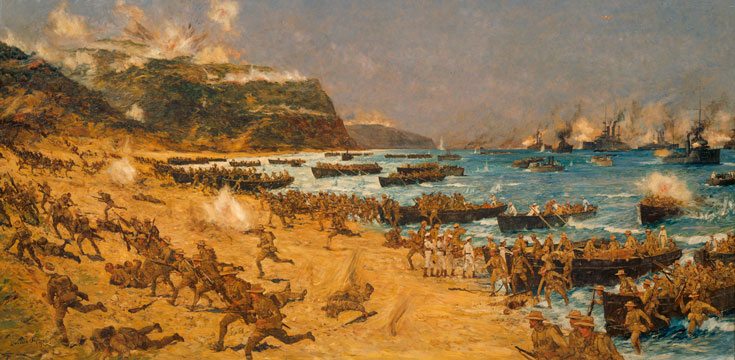26 February 2021
Six HR Challenges Supporting CWGC’s team in India during Covid-19
Our work across the world is only made possible by a global workforce who work, day in, day out to maintain our cemeteries and memorials. But supporting such an international workforce poses its own challenges as CWGC’s HR Manager for Asia, Africa & Pacific Area, Chun Lee, explains.

I joined the CWGC in January 2020. In my 20 years within the human resources profession (six of which were in Asia based in China and six in a global role), my role as HR Manager in the Africa and Asia Pacific Area (AAPA) has provided me with a set of new challenges and some familiar ones as well. Together with managing the effects of the pandemic, I have had an interesting introduction to the CWGC.
1. A Workforce Spread Across 58 Countries
In AAPA, we have 183 staff and more than 250 well-trained contractors spread across 58 countries. They have challenges, ranging from dealing with water shortages in South Africa and flooding in India, to maintaining huge sites with many casualties and small sites in hard to reach places. Our largest permanent base is in India and Myanmar, so we cover a wide geographical area.

2. Recruiting New Staff
One of my first jobs on joining was the recruitment of a new manager for our Indian Sub-Continent (ISC) region. Finding someone with the combination of skills needed for the role is not always easy: able to speak multiple languages; experienced in horticulture management; comfortable communicating with a broad range of stakeholders. And this is further complicated as we were recruiting for India from our UK base. I am pleased to say that this didn’t stop us from receiving over 400 applications!
Interviewing during a pandemic added some challenges – with the opportunity to meet face to face looking doubtful, we had to choose to either wait until the world opened up, cope without a manager, or hire someone. If we did hire someone, how would we induct them when they are not allowed on-site? In the end, we decided to make the hire and, like so many other global organisations, work around the limitations in place.
3. Travelling During Covid-19
Back in January 2020 I was booking a flight to Delhi for final-round interviews but was aware the news was getting worse by the day. There was a period where the advice said we could still fly, and I was keen to fill several important vacancies. In the back of my mind, I was thinking, what if there was a chance I could be stranded away from home as countries were starting to close their borders? But soon, the UK and India locked-down, airlines cancelled flights, and the trip was called off.
4. Working through the Lockdowns
The lockdown gave us other challenges. Taking on new members of staff and inducting them remotely, making them feel welcome and part of the team whilst they were not able to meet their colleagues face to face was just one. But we knew that having people in place was essential for the running of our sites and that bringing new people on board would mean we were ready for anything once restrictions were eased.
5. Plants vs Gardeners
The safety of our people and visitors is paramount and complying with national and local regulations comes first. However, plants – and weeds particularly – continue to grow, especially when the weather is hot and wet. This means our teams have had to focus on critical recovery as opposed to routine maintenance, something we have not been used to. I’m pleased to say our teams across India did a fantastic job in reviving our sites to meet our exacting standards.

Before vs After in Kirkee War Cemetery

Before vs After in Imphal War Cemetery
6. Keeping our People Safe
Asking colleagues in India, and in all the other countries we’re based in across Africa, Asia & the Pacific, to stay at home presented other challenges. Gardeners prefer to be outdoors, so staying at home is a big ask! For those returning to the workplace, some had to use public transport (where this had not been suspended) and this was also not always straight-forward.

Amit Bansal, CWGC's Manager for the Indian Sub-Continent, in Delhi War Cemetery
My first year at CWGC has been interesting, I have had to take my knowledge and experience and apply it to new areas and situations, balancing national regulations and learning about the particular challenges and opportunities that this brings.
I have really enjoyed working with teams of friendly, knowledgeable, and dedicated colleagues who are intent on fulfilling a mission and delivering the high standards that the CWGC has set itself.
I also now know a lot more about horticulture!





